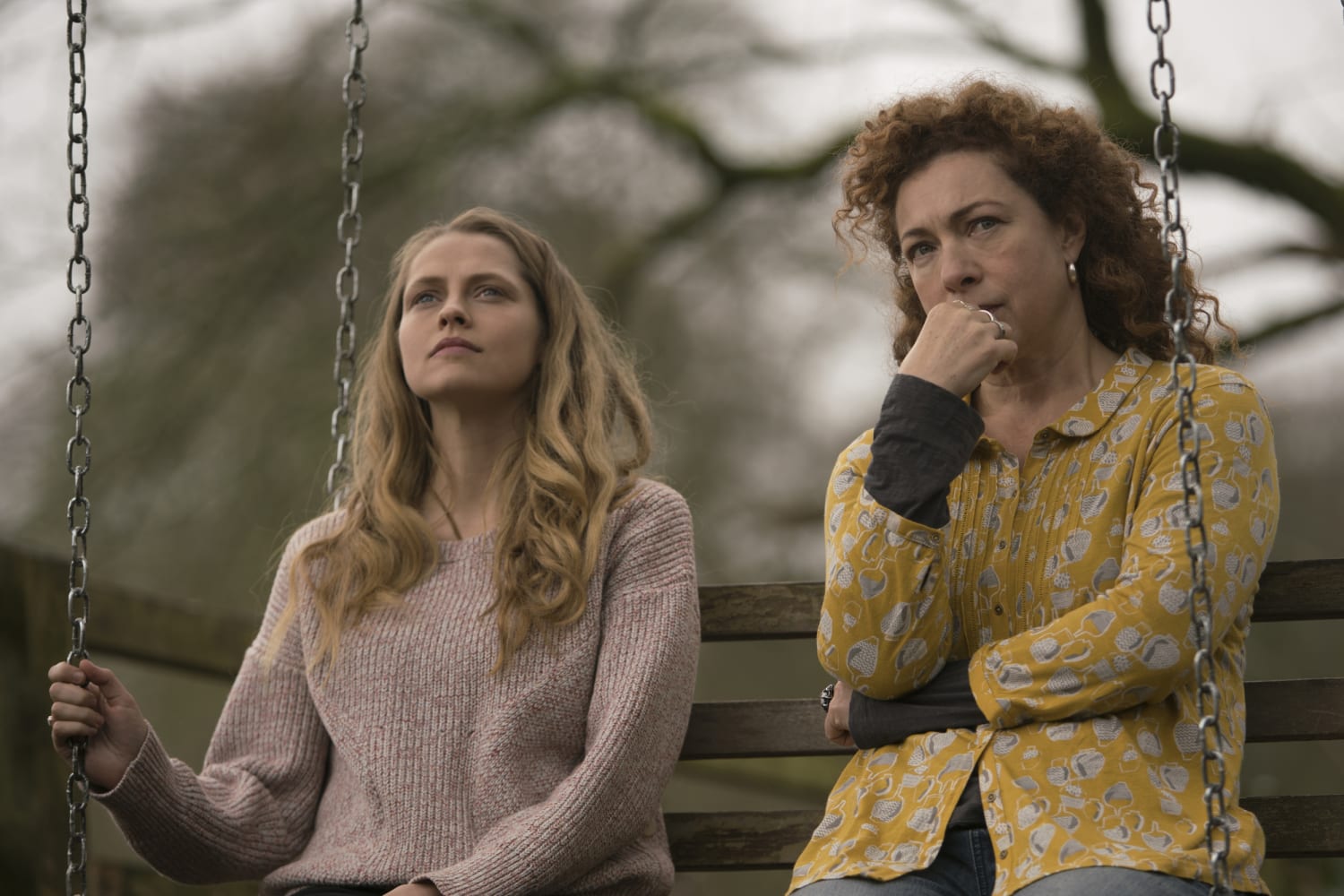[ad_1]

The second season of the British fantasy television series “A Discovery of Witches,” airing on AMC, finds the protagonists time-traveling from the present into the late 1500s. The new setting gives the show a chance to flex its high production values, introduce some new characters and give the old ones fancy wardrobes. It also leads to an even whiter cast than in the first season. The time displacement illustrates once again that the fantasy genre finds it easier to imagine vampires and witches in the past than Black people. It also demonstrates how that approach contributes to clichés, stereotypes and uninspired storytelling.
The new setting gives the show a chance to flex its high production values, introduce some new characters and give the old ones fancy wardrobes. It also leads to an even whiter cast.
Based on Deborah Harkness’ 2011 novel, “A Discovery of Witches” is set in a world where magical creatures are real, but hide themselves from most humans. Clearly inspired by Stephenie Meyer’s “Twilight,” the story focuses on a romance between witch Diana Bishop (Teresa Palmer) and vampire Matthew de Clairmont (Matthew Goode). Diana is an American historian of alchemy, and a powerful but untrained witch who has spent her life trying to deny her magical legacy following the death of her parents. She discovers a magic “Book of Life” in the Bodleian Library at Oxford, which she immediately loses again. Soon, witches, demons, and vampires are surging around her, trying to get the book she doesn’t have. One such vampire, Matthew, falls in love with her, violating an ancient covenant that different magical creatures shouldn’t have relationships with one another. Under siege, Diana discovers she can time walk into the past, and she and Matthew head for the 16th century to find someone who can teach her to control her magic, and to try to relocate the “Book of Life.”
The first season of “A Discovery of Witches” was not particularly diverse or antiracist. Its main roles were still reserved for white people, and a smattering of secondary roles — like Matthew’s vampire ex-girlfriend Juliette (Elarica Johnson) and Diana’s mom’s partner Emily (Valarie Pettiford) — were played by people of color.
The show’s second season, set in the past, is even whiter. There are essentially no important non-white roles in the 1500s. Non-white people are only glimpsed here and there as servants or non-speaking coven members. The contrast with the largely colorblind world of Shonda Rhimes’ “Bridgerton,” with its Black dukes and queens in an integrated England, is especially striking. Watching both in quick succession, as I did, is like watching history get drained of color before your eyes.
“A Discovery of Witches’” ongoing and increasing whiteness is obviously unfortunate from a representation perspective. But on top of that it’s uncomfortable, given the show’s reliance on themes of prejudice. Vampires and witches hate each other irrationally, a storytelling idea clearly derived in part from the real history of racism. Since there are few Black characters on screen, this means that the show can feel like a parable about racial discrimination — but featuring white people. The blonde, blue-eyed Diana is supposedly the focus of her society’s hatred.
Engaging with actual histories of oppression more directly has its own pitfalls. The one explicitly Jewish character in “A Discovery of Witches” does face the kind of discrimination Jewish people in the 1500s faced. But he’s such a minor character, and he’s defined so completely by his oppression and by stereotypes of weak and acquiescent Jewish scholars, that, as a Jewish person myself, I really wish the showrunners hadn’t bothered. And it suggests the writers may not be sophisticated enough to address prejudice effectively and sensitively.
But there are potential storytelling advantages to including more people of color, too. In the show as it’s currently framed, the vampire-witch hatred feels shallow and contrived. It’s easy for viewers to feel superior to the characters. Adding a more realistic engagement with racial prejudice would make it a lot more pointed, and lot less comfortable. The show would likely have more resonance, and feel less distant, for both white and Black viewers. There would also be more opportunity to talk about how these fantasy hatreds are connected to real-world ones. What do Black witches (or vampires) think about the overlaps and connections of the various hatreds and stereotypes they face? If the show had Black main characters, we might find out.
There are many problems with “Discovery of Witches,” and more roles for people of color wouldn’t solve all of them. The character development is weak, just for starters, and the chemistry between her and Matthew is almost ludicrously poor. But even mediocre television can do better with its casting and writing choices — especially when it’s appropriating histories of prejudice and discrimination. Whether a show is set in the 1500s or today, it’s long past time for television to fix its diversity gap.
[ad_2]
Source link